204 Items by auctions and galleries:
köln
Lot 161 Uwe Herbst (1952 Köln) 'Kinderspiele',
Uwe Herbst (1952) 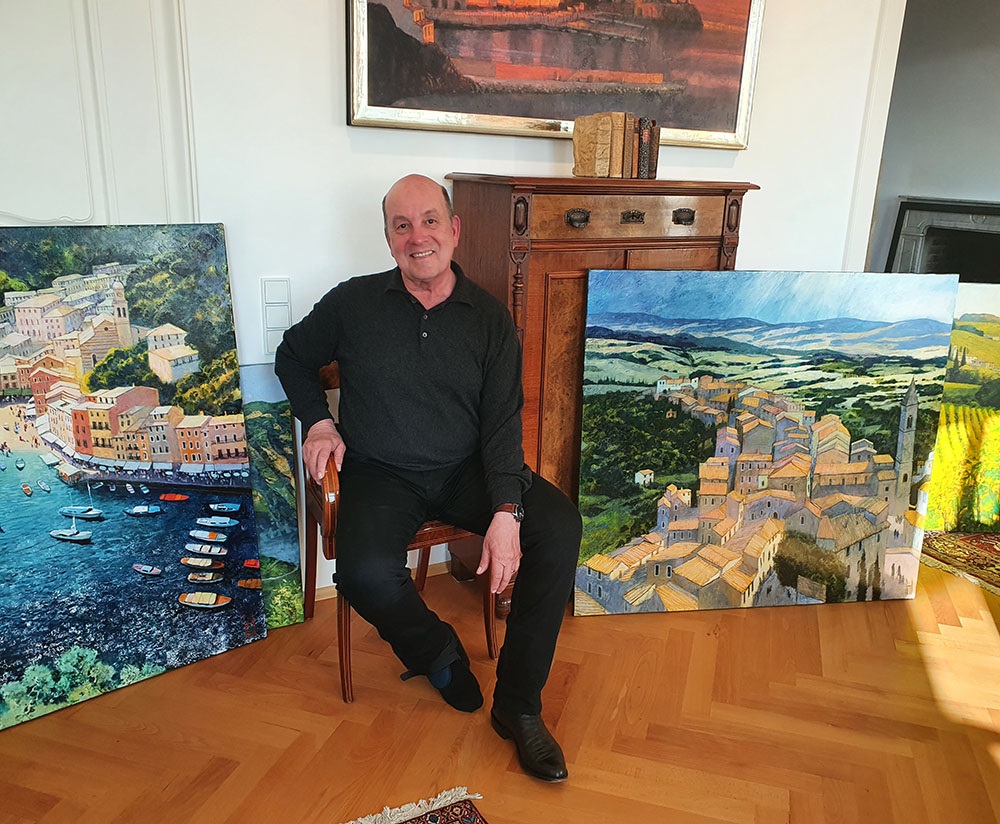 Moderne & Zeitgenössische Kunst | Schmuck & Luxusuhren
Moderne & Zeitgenössische Kunst | Schmuck & Luxusuhren 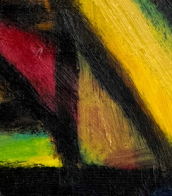

Uwe Herbst
1952
Germany
Uwe Herbst is a contemporary German landscape painter.

WETTMANN | Auktionshaus an der Ruhr
Moderne & Zeitgenössische Kunst | Schmuck & Luxusuhren
Date: 02.12.2025 18:00 UTC +01:00
Number of lots in the catalog: 197
Lot 162 Uwe Herbst (1952 Köln) 'San Marco', Öl
Uwe Herbst (1952)  Moderne & Zeitgenössische Kunst | Schmuck & Luxusuhren
Moderne & Zeitgenössische Kunst | Schmuck & Luxusuhren 

Uwe Herbst
1952
Germany
Uwe Herbst is a contemporary German landscape painter.

WETTMANN | Auktionshaus an der Ruhr
Moderne & Zeitgenössische Kunst | Schmuck & Luxusuhren
Date: 02.12.2025 18:00 UTC +01:00
Number of lots in the catalog: 197
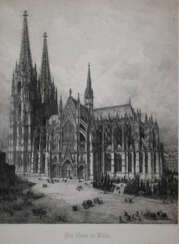







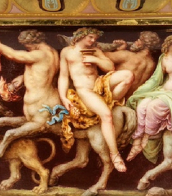







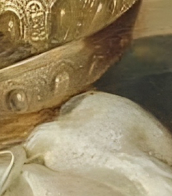


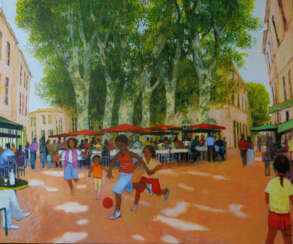

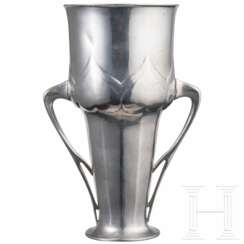

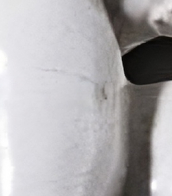



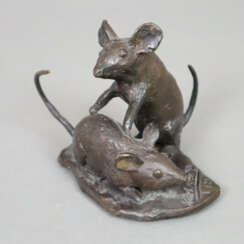

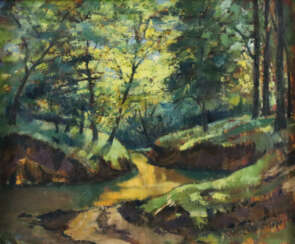








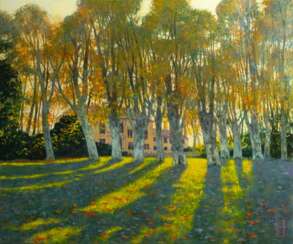

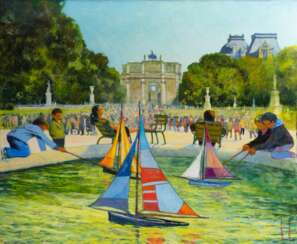



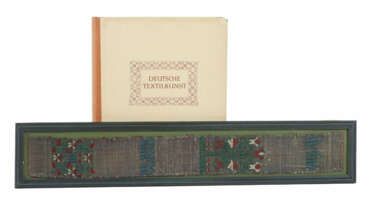






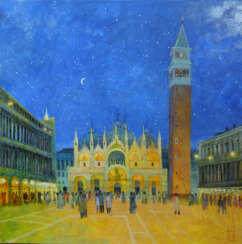

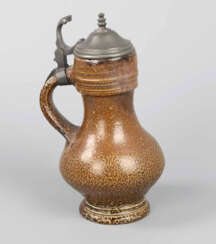

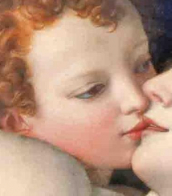




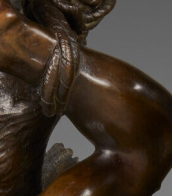


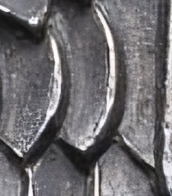
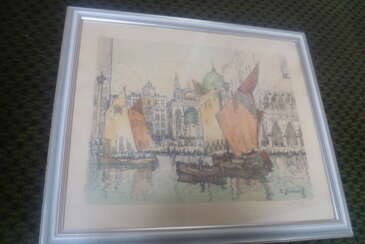

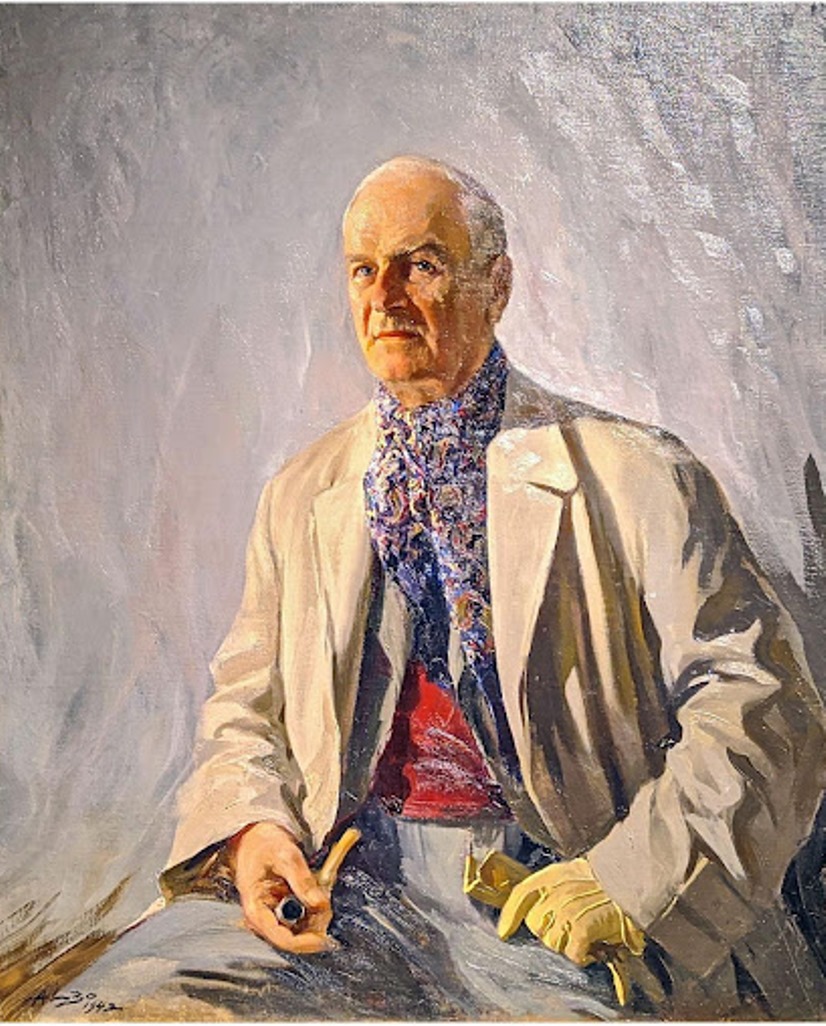

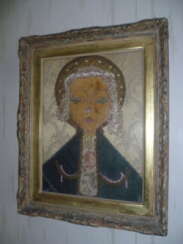

 Hansen.jpg)

